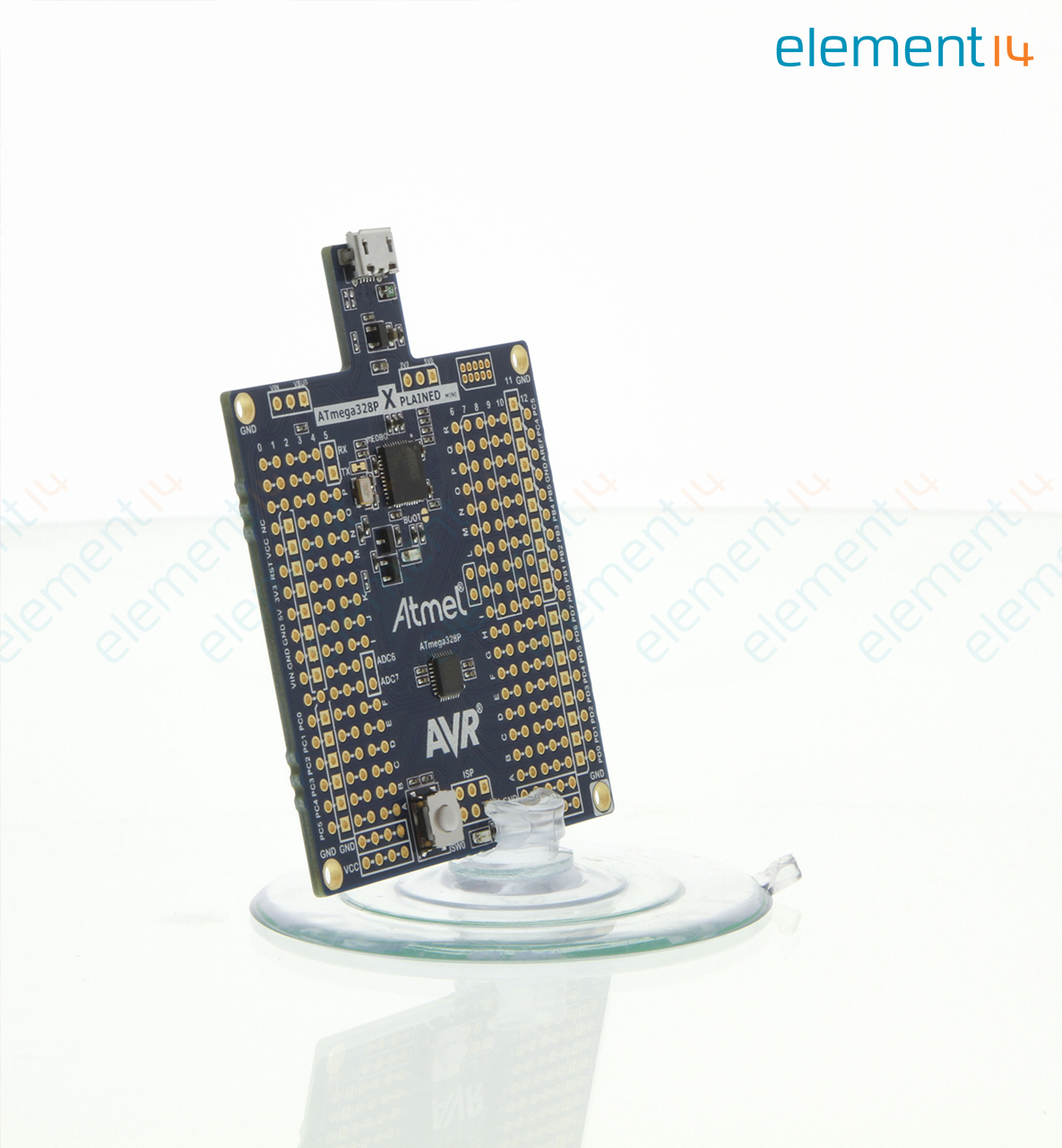
ATMEGA328P SOFTWARE
Software in the Boot Flash section will continue to run while the Application Flash section is updated, providing true Read-While-Write operation.
ATMEGA328P DOWNLOAD
The Boot program can use any interface to download the application program in the Application Flash memory.
ATMEGA328P SERIAL
The On-chip ISP Flash allows the program memory to be reprogrammed In-System through an SPI serial interface, by a conventional non-volatile memory programmer, or by an On-chip Boot program running on the AVR core. The device is manufactured using Atmel’s high-density nonvolatile memory technology.
ATMEGA328P CODE
The resulting architecture is more code efficient while achieving throughputs up to ten times faster than conventional CISC microcontrollers. All the 32 registers are directly connected to the Arithmetic Logic Unit (ALU), allowing two independent registers to be accessed in one single instruction executed in one clock cycle. The AVR core combines a rich instruction set with 32 general purpose working registers. The Port D pins are tri-stated when a reset condition becomes active, even if the clock is not running.ĪREF is an analog reference pin for analog to digital converter. As inputs, Port D pins that are externally pulled low will source current if the pull-up resistors are activated. The Port D output buffers have symmetrical drive characteristics with both high sink and source capability. PD0 to PD7, Port D is an 8-bit bi-directional I/O port with internal pull-up resistors (selected for each bit). Shorter pulses are not guaranteed to generate a Reset A low level on this pin for longer than the minimum pulse length will generate a Reset, even if the clock is not running. If the RSTDISBL Fuse is unprogrammed, PC6 is used as a Reset input. Note that the electrical characteristics of PC6 differ from those of the other pins of Port C. PC6, If the RSTDISBL Fuse is programmed, PC6 is used as an I/O pin. The Port C pins are tri-stated when a reset condition becomes active, even if the clock is not running. As inputs, Port C pins that are externally pulled low will source current if the pull-up resistors are activated. The PC5-0 output buffers have symmetrical drive characteristics with both high sink and source capability. PC0 to PC5, Port C is a 7-bit bi-directional I/O port with internal pull-up resistors (selected for each bit). If the Internal Calibrated RC Oscillator is used as a chip clock source, PB7.6 is used as TOSC2.1 input for the Asynchronous Timer/Counter2 if the AS2 bit in ASSR is set.

Depending on the clock selection fuse settings, PB7 can be used as output from the inverting Oscillator amplifier. Depending on the clock selection fuse settings, PB6 can be used as input to the inverting Oscillator amplifier and input to the internal clock operating circuit. The Port B pins are tri-stated when a reset condition becomes active, even if the clock is not running. As inputs, Port B pins that are externally pulled low will source current if the pull-up resistors are activated. The Port B output buffers have symmetrical drive characteristics with both high sink and source capability. PB0 to PB7, Port B is an 8-bit bi-directional I/O port with internal pull-up resistors (selected for each bit). ATmega328/328P is a 28-Pin AVR Microcontroller, manufactured by Microchip, follows RISC Architecture and has a flash-type program memory of 32KB.ĪTmega-328/328P is an AVR Microcontroller having twenty-eight (28) pins in total.ĪVCC is a supply voltage pin for analog to digital converter. Moreover, ATmega-328 has 2KB Static Random Access Memory (SRAM).

This property shows if the electric supply supplied to the micro-controller is removed, even then it can store the data and can provide results after providing it with the electric supply.

ATmega328/328P has 1KB Electrically Erasable Programmable Read-Only Memory (EEPROM). ATmega-328/328P has 32KB internal flash memory. So in this blog, we will be talking about the common as well as the different aspects of this microcontroller IC.Īs we know their are many similarities between both the ATmega-328/328P microcontrollers so let us first go through the similarities then we will be talking about the difference.ĪTmega328/328P is an Advanced Virtual RISC (AVR) microcontroller. Due to a slight difference between ATmega328 and ATmega328P, many of us get confused about which IC should be used.


 0 kommentar(er)
0 kommentar(er)
